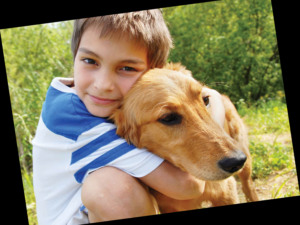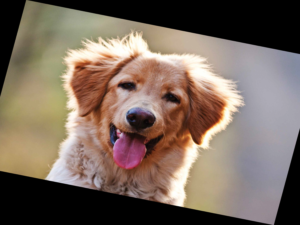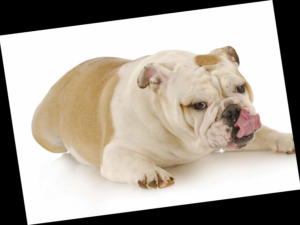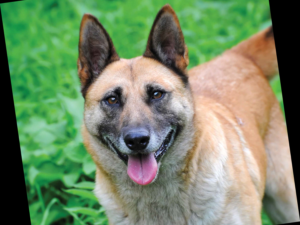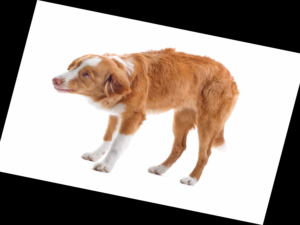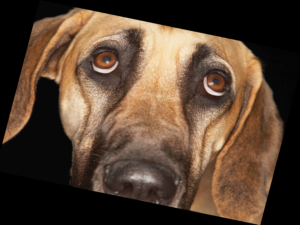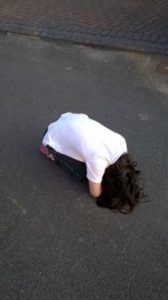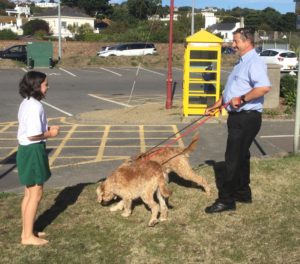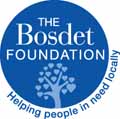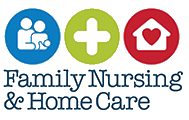Dogs make fantastic family pets - but we need to remind children to be gentle and kind and to respect the dogs.
It is hard to know what a dog is thinking, but there are things to look out for to give you clues. It’s not easy for young children to understand these clues so here are some explanations and tips for you to teach your children.
Studies have shown that young children are unable to recognise an angry dog – in fact they think a dog baring his teeth is smiling.
When wanting to take a closer look at something, young children automatically lean in nearer. Combine this behaviour with a dog that is eating his food, playing with his toy, sleeping or feeling under the weather and you could end up with an unintentional injury.
Teach your child to say hello to a dog
- Always ask the owners permission before you touch the dog
- Show your child that the dog needs to smell your hand first
- Encourage your child to stroke the top of the dogs back and not their head or neck area
Click here to download your free dog safety leaflet
Signs of an unhappy dog
- Dog yawning
- Dog licking his lips
- Dog trying to become as small as possible and cowering
- Tail beneath his legs
- Dog growling and bearing his teeth
- Ears flat against his head
- Head low and looking with the whites of his eyes showing
- Turning head away or just moving from you
Most children are bitten by dogs they know!
What dogs don’t like
- Ear or tail pulling – Teach your child to be kind
- Screaming – Encourage your child to speak gently and be calm near your dog
- Hugs – Show them how to reward their dog e.g. with training treats or toys
- Someone’s face close to theirs – Show them how to keep their distance
- Having someone take their food when they are eating – Make sure there is somewhere quiet for your dog to eat their food
- Having someone take their toy when they are chewing it – If you need to take something away, distract them with another toy first
- Sitting in the car and someone puts a hand through the window to stroke them – Teach your child never to stroke them through a car window
- Someone leaning over their fence or gate and stroking them – Lead by example and do not lean over to stroke them
- Being disturbed when they are sleeping – Let sleeping dogs lie
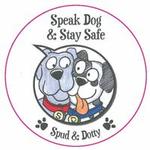 Meet Spud & Dotty!
Meet Spud & Dotty!